It looks like it swam straight out of a dinosaur documentary—because it basically did.
The American paddlefish isn’t just weird. It’s prehistoric-weird.
We’re talking 300 million years of survival with a face that says,
“I’ve seen some things.”
With its long, flat snout and ghostly gray body, this fish doesn’t care about blending in.
It’s a relic from a time before birds existed.
And it’s still gliding through muddy waters like a slow-motion time traveler.
You won’t find it leaping through rivers or photobombing your Instagram feed.
But you will find stories—ancient, strange, and kind of jaw-dropping—attached to every inch of this living fossil.
Ready to meet the paddlefish, a creature that outlasted the dinosaurs but still gets mistaken for something out of science fiction?
Let’s dive in.
The Paddle-Like Snout
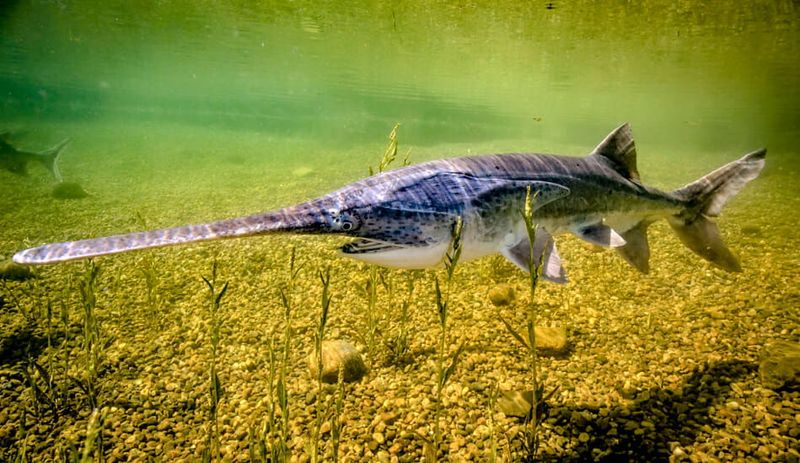
The American paddlefish is instantly recognizable due to its long, paddle-like snout, known as a rostrum. This unique feature, which accounts for about one-third of its body length, is not just for show. With thousands of sensory receptors, the snout helps detect the electric fields generated by zooplankton, the paddlefish’s primary diet. This electro-sensory system is crucial for survival in murky river waters. Interestingly, the rostrum’s shape has sparked comparisons to a canoe paddle, adding to its name. Scientists believe this adaptation has remained relatively unchanged for millions of years, highlighting the species’ ancient lineage.
Filter Feeding Mechanism
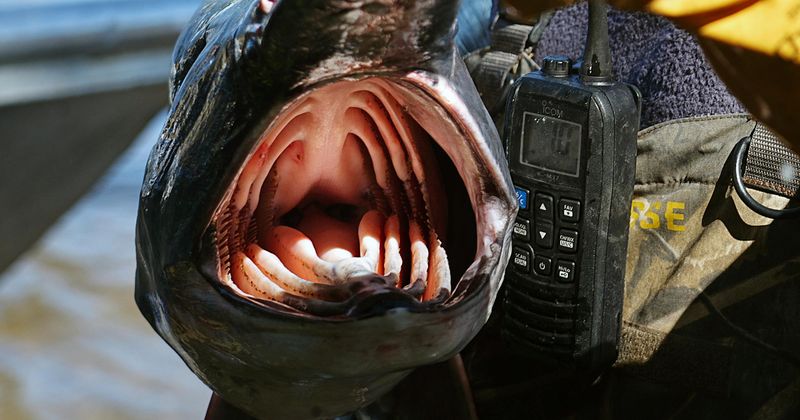
Paddlefish possess a remarkable filter feeding mechanism, akin to baleen whales, allowing them to efficiently consume plankton. As they swim with their mouths open, water flows through gill rakers, trapping tiny organisms. These specialized structures act like a sieve, ensuring they capture enough food to sustain their large size. This feeding method is not only energy-efficient but also an evolutionary advantage in nutrient-rich waters. Despite their size, paddlefish rely entirely on microscopic prey. This fascinating adaptation supports their survival across diverse aquatic habitats, securing their place as one of North America’s unique freshwater giants.
Ancient Lineage
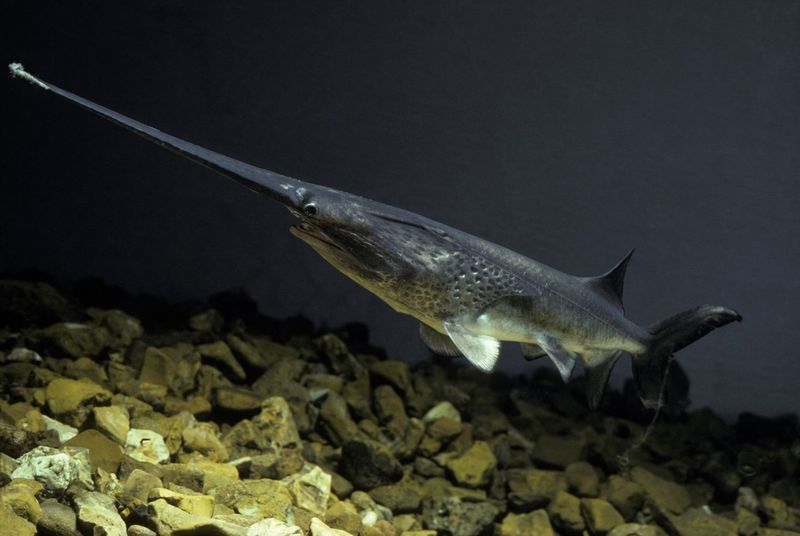
The paddlefish lineage dates back over 300 million years, making them one of the oldest surviving fish species. Their ancestors coexisted with dinosaurs, navigating prehistoric waters long before mammals dominated the earth. This evolutionary timeline places paddlefish alongside other ancient species like sturgeons. Fossils reveal little change in their morphology, suggesting a successful adaptation strategy through the ages. Their survival through cataclysmic events that wiped out other species speaks to their resilience and adaptability. This ancient heritage continues to capture the imagination of paleontologists and biologists, offering insights into the evolutionary past of aquatic life.
Habitat and Range

Native to the Mississippi River basin, the American paddlefish thrives in slow-moving waters of rivers and lakes. Their preferred habitats include areas with abundant zooplankton, their main food source. Although historically widespread, their range has diminished due to habitat degradation and overfishing. Conservation efforts focus on protecting critical habitats and enhancing water quality to support population recovery. Paddlefish are now found in select regions, emphasizing the need for sustainable management. Their presence in American waterways underscores the ecological richness and diversity of these aquatic environments. Protecting their habitats ensures the preservation of a unique biological heritage.
Unique Reproductive Strategy
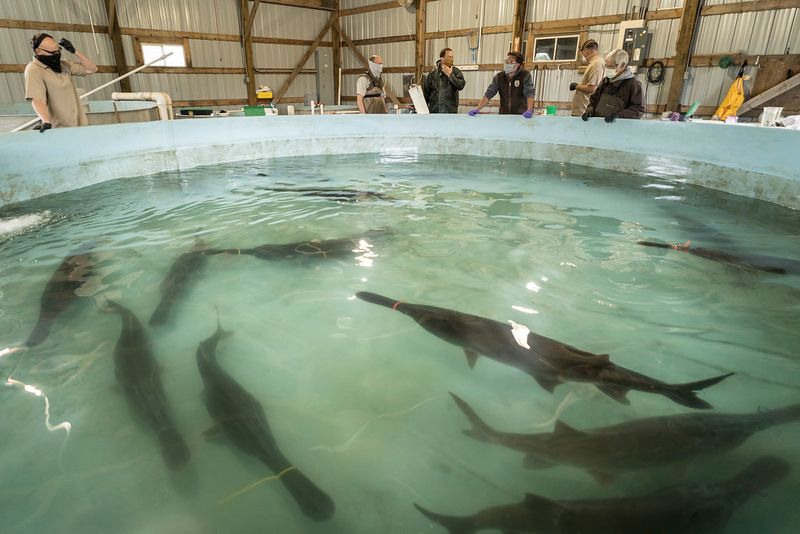
American paddlefish have a unique reproductive strategy involving long migrations to spawning grounds. They spawn in spring when river temperatures rise, laying thousands of eggs on gravel bars. These eggs stick to submerged surfaces, hatching within days. Juvenile paddlefish face high mortality rates due to predation and environmental factors, but those that survive grow rapidly. Spawning success depends on suitable water conditions, making environmental changes a significant threat. This reliance on specific habitats for reproduction highlights the importance of river health. Protecting spawning sites is vital for sustaining paddlefish populations and maintaining ecological balance in their native waters.
Longevity and Growth
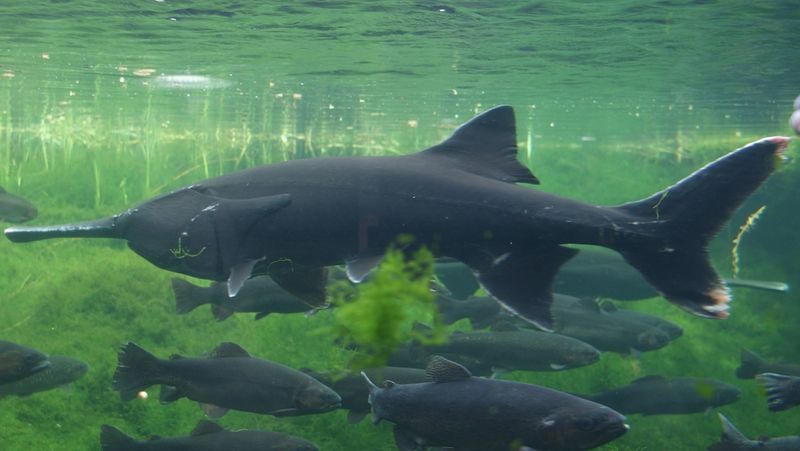
Known for their impressive size, American paddlefish can reach lengths of up to 7 feet and weigh over 200 pounds. They have a long lifespan, often exceeding 30 years in the wild. Their continued growth throughout life is a characteristic trait, with older individuals displaying significant size and weight. This longevity is linked to their slow metabolism and energy-efficient feeding habits. However, their size and age make them vulnerable to environmental changes and human impacts. Conservation measures aim to protect mature individuals, essential for maintaining genetic diversity and population stability. Understanding their growth patterns aids in developing effective management strategies.
Threats and Conservation
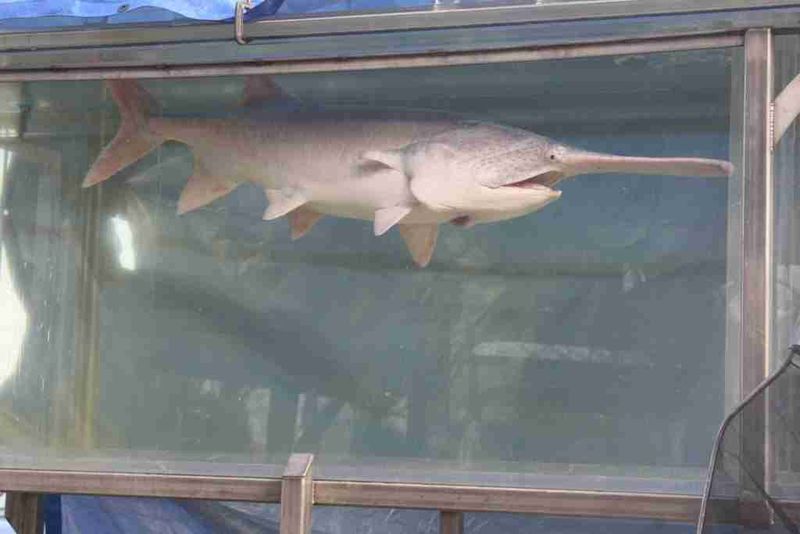
Despite their resilience, American paddlefish face numerous threats, including habitat loss, pollution, and overfishing. Dam construction and river modification disrupt migratory patterns, impacting spawning success. Conservation efforts focus on habitat restoration and implementing fishing regulations to ensure sustainable populations. Public awareness campaigns emphasize the importance of preserving aquatic ecosystems for future generations. Paddlefish serve as indicators of environmental health, with their presence reflecting the state of freshwater habitats. By addressing these challenges, conservationists aim to secure a future where paddlefish can thrive, maintaining their role as a vital component of North America’s natural heritage.
Caviar and Economic Significance

Paddlefish are sought after for their roe, which is processed into caviar, a delicacy with significant economic value. This demand has led to increased fishing pressures, especially in regions where sturgeon caviar is scarce. Sustainable aquaculture practices are being developed to balance economic interests with conservation goals. Paddlefish farms are emerging as viable alternatives, offering controlled environments for production. This approach reduces wild harvest impacts while supporting local economies. The caviar industry remains a critical factor in paddlefish management, highlighting the need for responsible practices. Ensuring sustainability is essential for preserving both the species and the livelihoods dependent on its harvest.
Cultural and Historical Significance
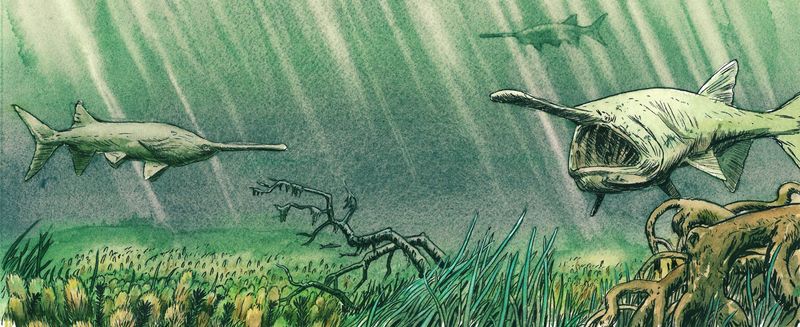
Throughout history, the American paddlefish has held cultural significance for indigenous peoples, who revered it as a symbol of fertility and abundance. Its presence in Native American folklore and art reflects its importance in traditional riverine societies. Paddlefish were integral to subsistence fishing practices, providing food and materials for daily life. Their historical role in local economies and cultures underscores the deep connection between human communities and aquatic ecosystems. Today, this cultural heritage is celebrated through educational programs and community events, fostering appreciation and stewardship. The paddlefish’s legacy continues to inspire conservation efforts and cultural preservation.
Scientific Research and Insights
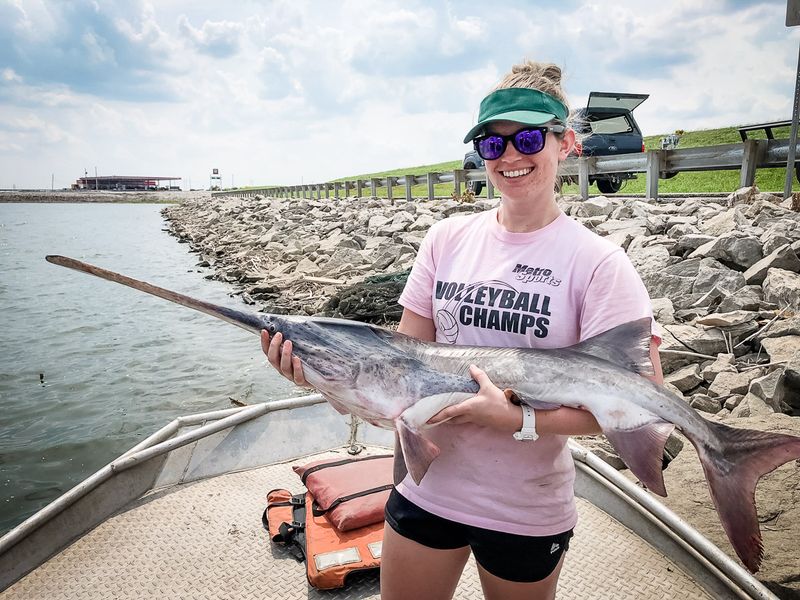
The American paddlefish is a focal point for scientific research, offering insights into evolutionary biology and ecology. Its unique characteristics, such as the electro-sensory system, provide valuable information on sensory adaptation in aquatic environments. Studies on paddlefish genetics contribute to understanding evolutionary processes and species resilience. This research helps inform conservation strategies, promoting biodiversity preservation. Paddlefish also serve as model organisms in aquaculture research, aiding in the development of sustainable practices. By studying these ancient fish, scientists gain a deeper appreciation of evolutionary history and the intricacies of freshwater ecosystems, guiding efforts to protect these vital habitats.
Role in Ecosystem
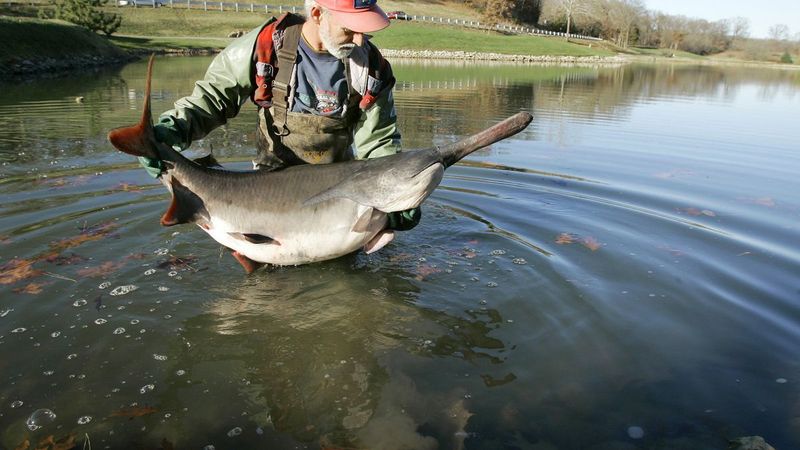
As filter feeders, American paddlefish play a crucial role in aquatic ecosystems by controlling plankton populations. Their feeding habits help maintain water clarity and quality, supporting various aquatic species. Paddlefish contribute to nutrient cycling, enhancing ecosystem productivity. Their presence indicates a healthy, balanced environment, making them valuable bioindicators for scientists studying freshwater health. Conservation of paddlefish supports broader ecological integrity, benefiting diverse plant and animal communities. Understanding their ecological role emphasizes the interconnectedness of river systems and the importance of preserving these habitats. Protecting paddlefish ensures the continued vitality of North America’s freshwater ecosystems.
Fossil Discoveries and Evolutionary Studies
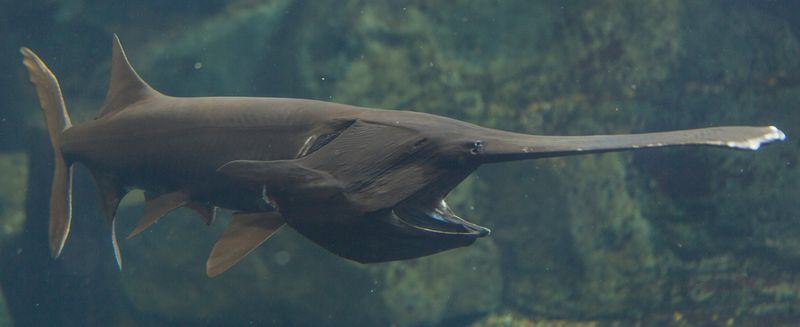
Fossil discoveries have unveiled the long evolutionary journey of the American paddlefish. These findings provide a window into the distant past, revealing the species’ ancient origins and adaptations. Fossils highlight their minimal morphological changes over millions of years, underscoring evolutionary success. Such studies enhance our understanding of prehistoric aquatic environments and the evolutionary forces shaping modern species. Paddlefish fossils are invaluable for paleontologists, offering clues about ancient biodiversity and ecological dynamics. By studying these relics, scientists gain insights into the resilience of species over geological time scales, informing current conservation efforts and the future of aquatic biodiversity.

